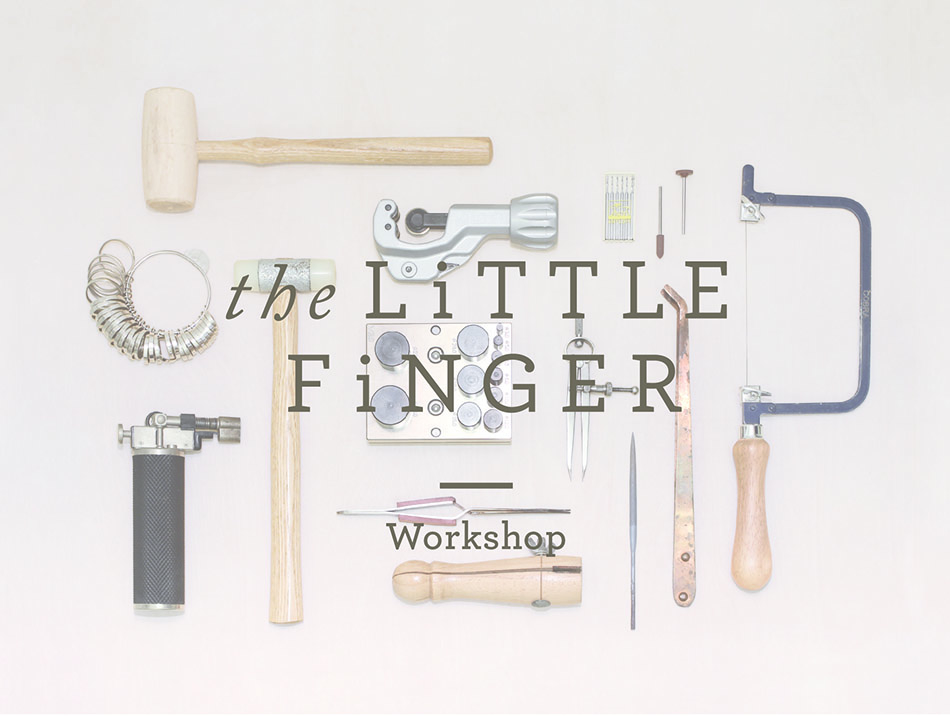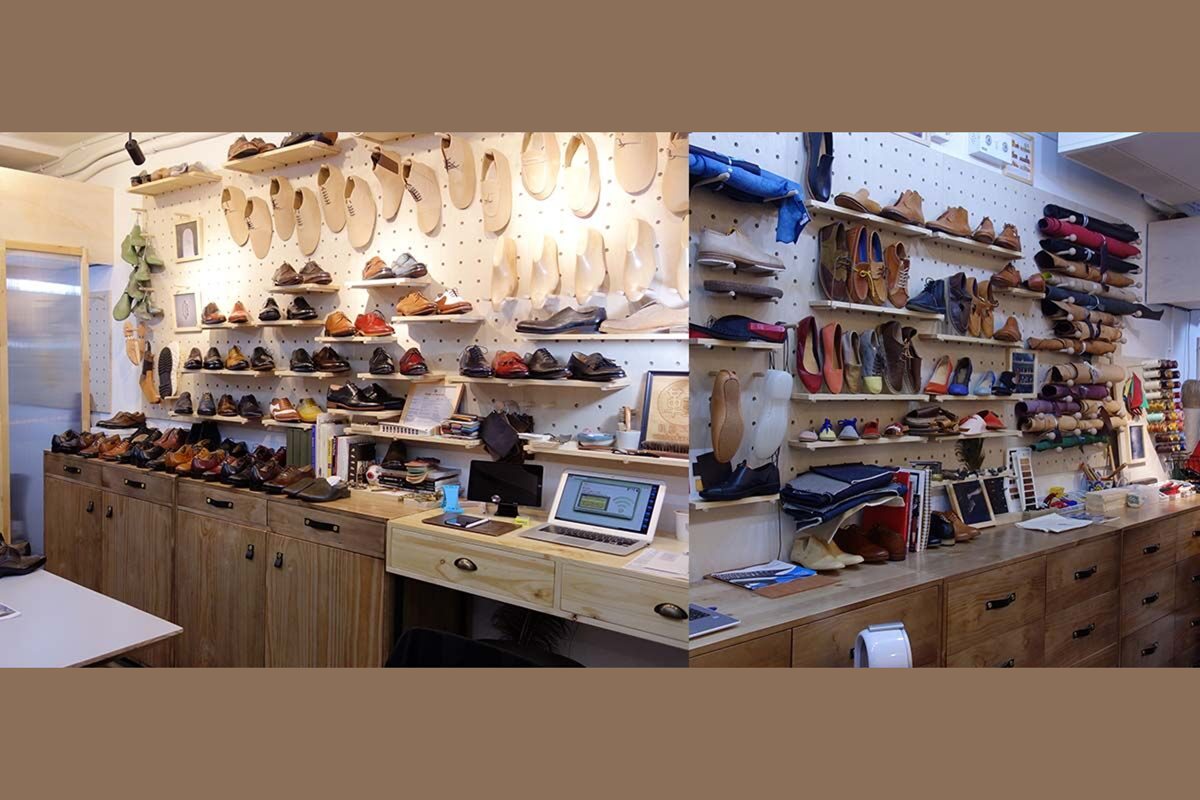Design Feature #25
Currency as Cultural Calling Cards
Currency
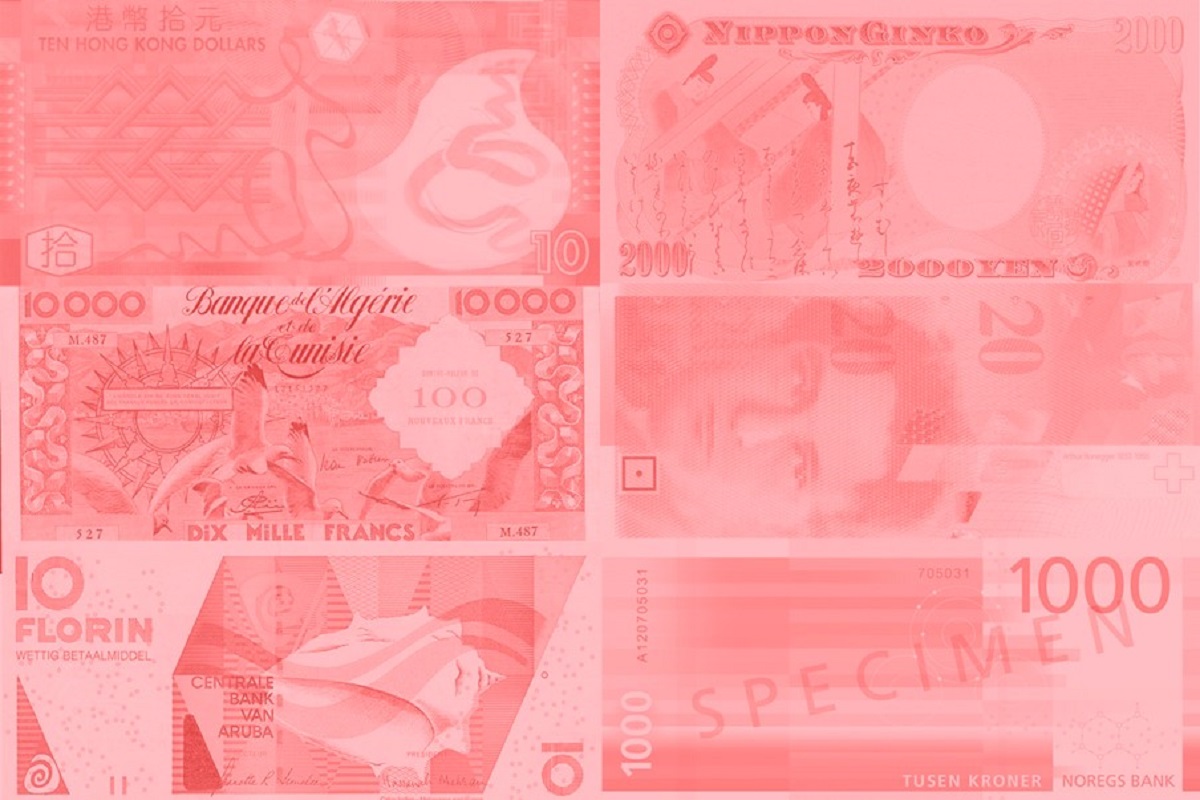
Written by RMM
Photo by Banknoteworld.com, Norges Bank, Library of Congress
Money makes the world go round. Love it or hate it, it is one of the most desirable products on the planet. But once we slip it into our wallets, or squirrel it away into amorphous bank accounts, money becomes something that’s invisible. Because really, how many of us actually take note of our banknotes? To the average Joe, only the numbers matter.
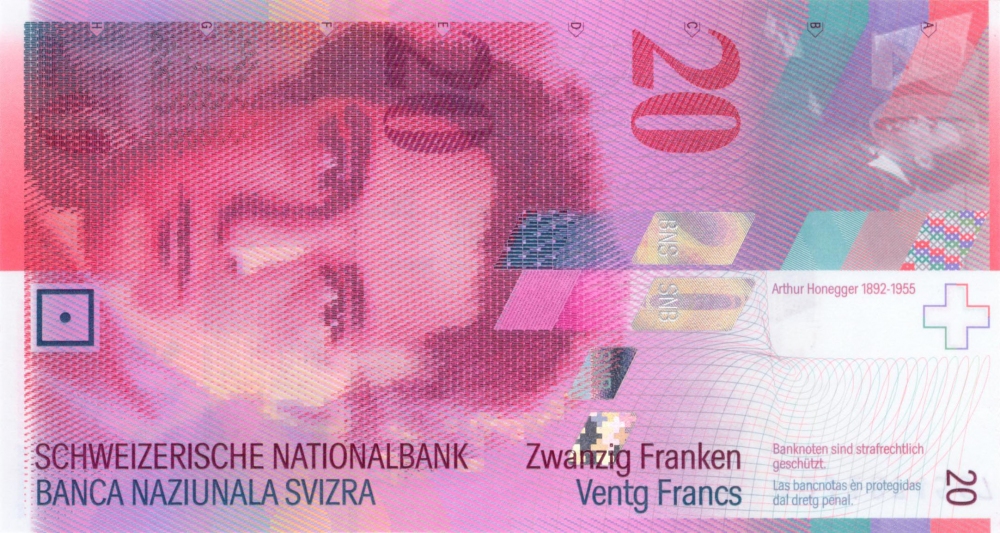
Swiss Franc. Image credit: Banknoteworld.com
So while we might swipe and tap our way through transactions with our phones and contactless credit cards, we’re still a long way from a world without paper money or physical currency. And that’s just fine by us.
Why? Alright, take out your wallet (or wherever you stash your dough in) — you probably have one of those new-fangled plastic HKD10 notes. Now have a good look at it.
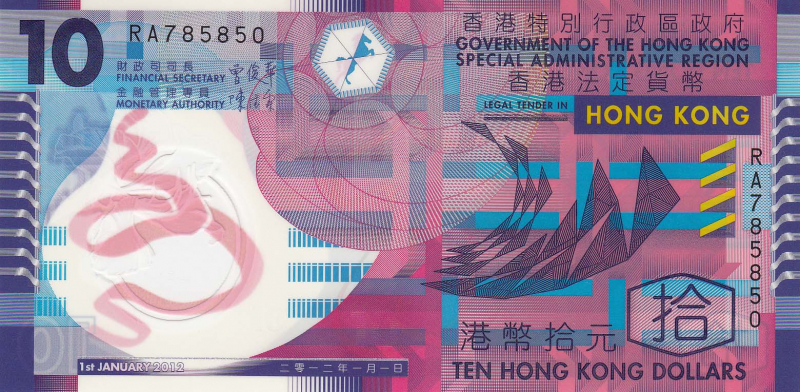
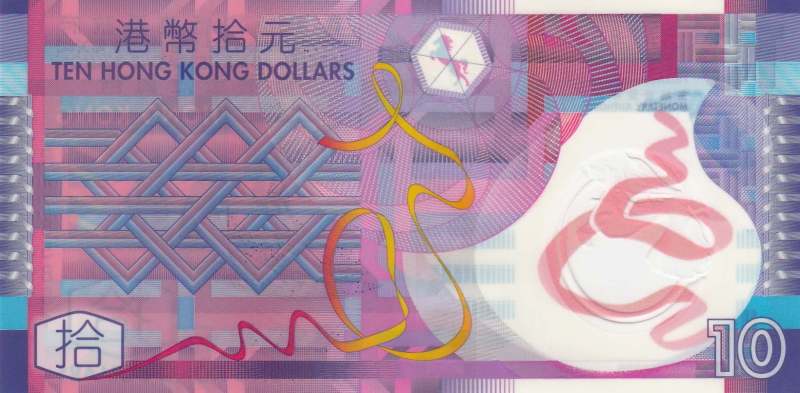
Hong Kong Dollar. Image credit: Banknoteworld.com
Did you know that the abstract designs actually refer to the modern architecture of the city, or that the ribbons refer to the festivities celebrated in Hong Kong? The note also includes the Bauhinia (洋紫荊), Hong Kong’s official flower. These symbols and images featured on money reflect how Hong Kong — and other countries, broadly speaking — see themselves and how they want the rest of the world to see them. In fact, every coin or note that you carry is a calling card for your nation’s culture and values. Our currency reflects our identity as a country.
In Hong Kong, ‘culture’ might be modernist architecture or iconic views; US banknotes pay respect to the country’s founding forefathers; Japan’s elusive and now discontinued 2000 yen note is a nod to Murasaki Shikibu’s The Tale of Genji, the world’s first novel; Norway’s bold new banknotes, to be released in 2017, harkens to its culture as a maritime nation; and Germany’s notgeld, or emergency money, featured historical subjects and heraldic images.
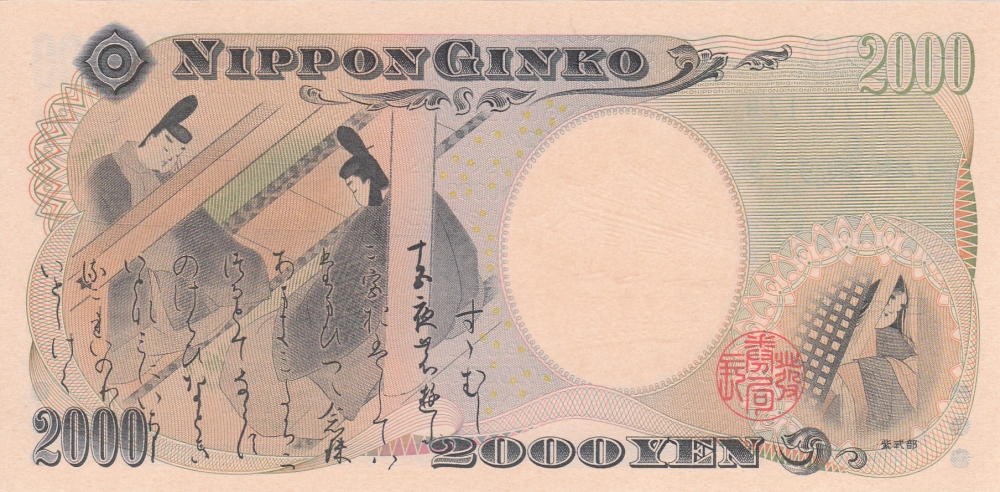
Discontinued Japanese 2000 yen banknote. Image credit: Banknoteworld.com
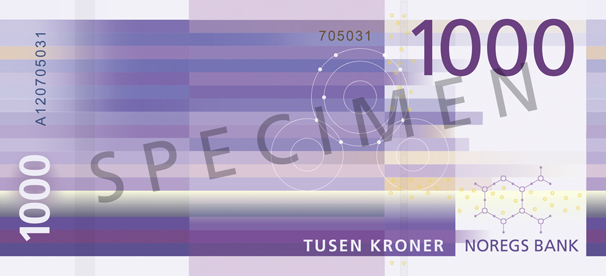
2017 Norwegian banknote. Image credit: Norges Bank
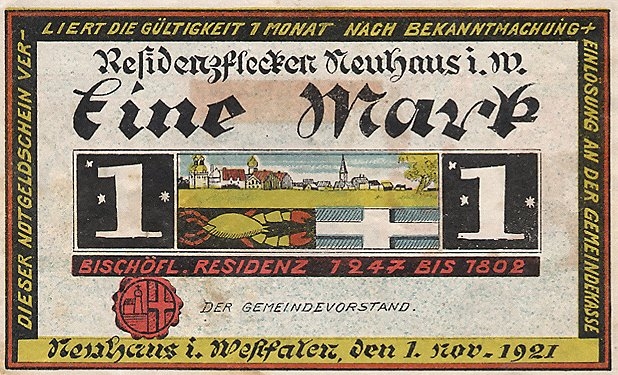
German notgeld. Image credit: Banknoteworld.com
But how do you summarise the culture of an entire region? The design of the Euro banknotes proved to be tricky: as a multinational currency, it couldn’t have any cultural bias towards any one nation. The final design, created by Robert Kalina (Austria) in 1996, was based on something ubiquitous: architectural elements of windows, gateways and bridges. Even the new series of Euro notes designed by Reinhold Gerstetter echoes the same timeless aesthetic and theme.
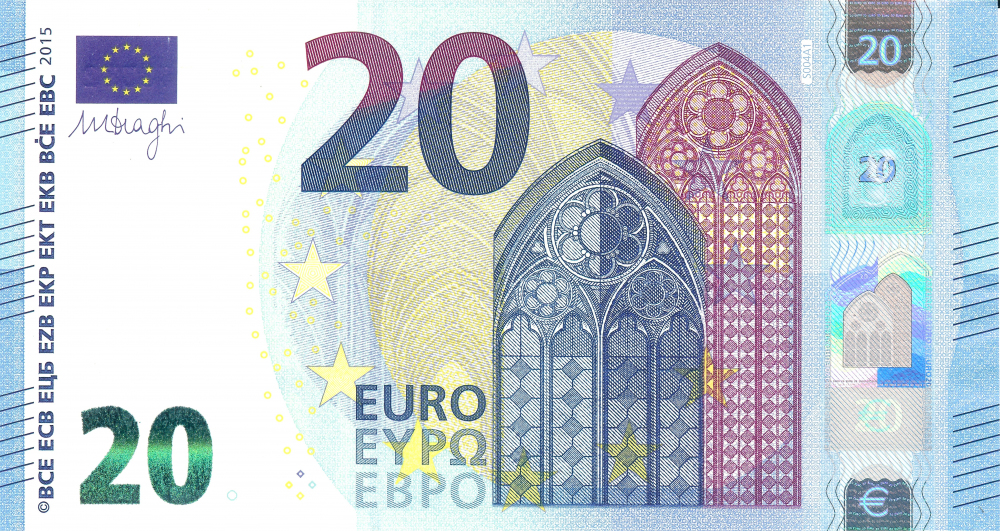
Euro banknote. Image credit: Banknoteworld.com
With the designs of banknotes so firmly entrenched in our cultural consciousness, any change, however small, will inevitably cause a wave of responses. Everyone wants their two cents. Take the US 20-dollar bill that is going to be issued in 2020 for expample, which will now feature a woman.
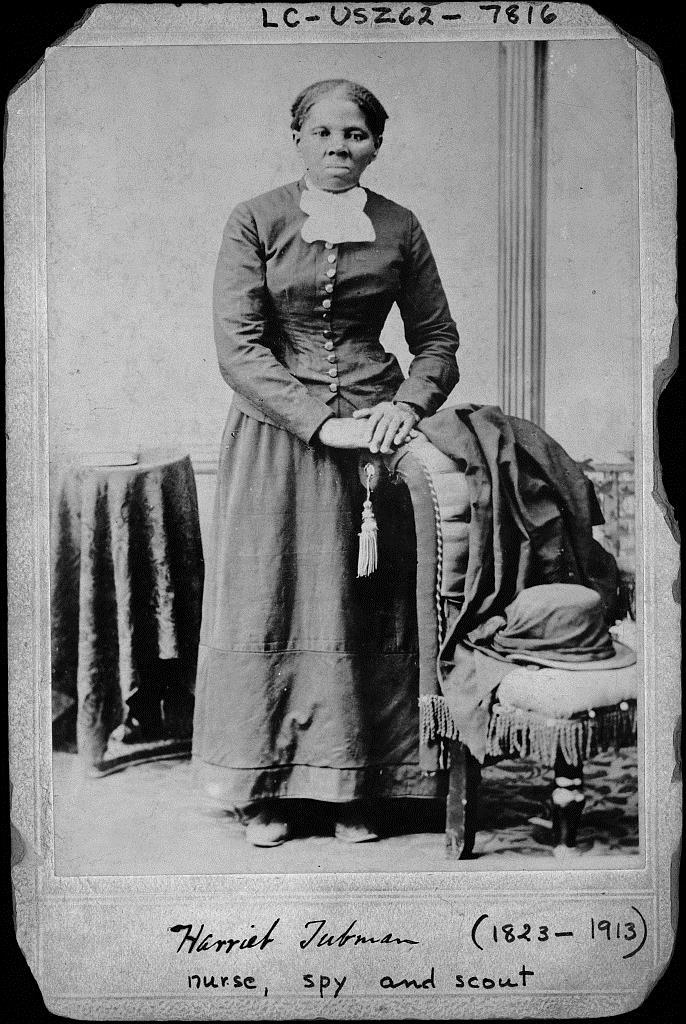
Harriet Tubman, full-length portrait, standing with hands on back of a chair.
Between ca. 1860 and 1875. Photo Credit: Library of Congress
When Secretary Jacob J. Lew of the US Treasury announced this new change, he had hoped to “encourage a national conversation about women in our democracy”. After a year of passionate debate and powerful conversations, Harriet Tubman — an abolitionist, humanitarian, armed scout and spy for the United States Army — was chosen to represent courage, equality and democracy. Similarly, the new US 10-dollar bill will also honour women in the suffrage movement. In light of recent events, the importance of this design change is more significant than ever before.
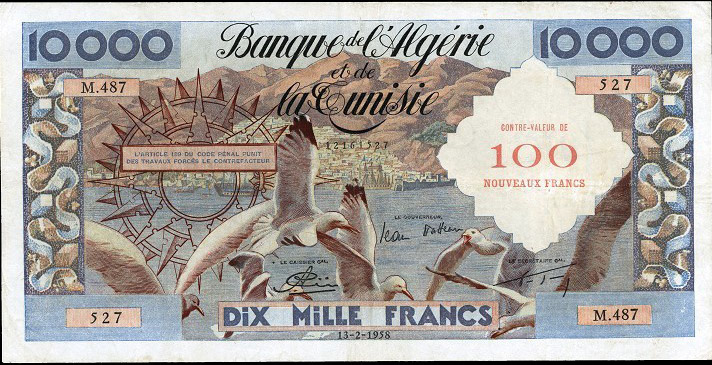
Algerian banknote. Image credit: Banknoteworld.com
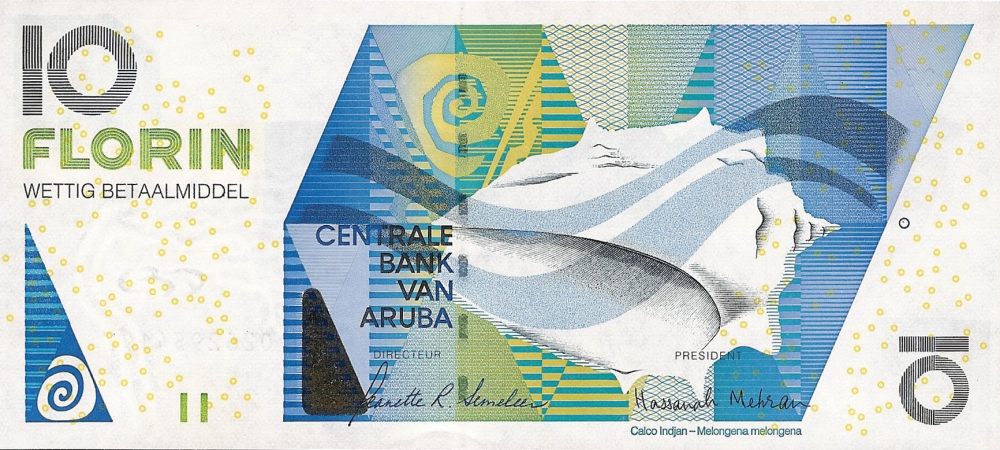
Aruban banknote. Image credit: Banknoteworld.com
For many countries around the world, currency is more than just “dead presidents and buildings” (David Standish, 2015). It’s a way to be proud of a culture and identity that can’t be found or replicated anywhere else. Flowers, animals, people, writers, artists, mountains, lakes — these are the things that make a country beautiful inside and out, and they all live in our pockets.

